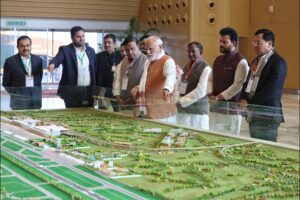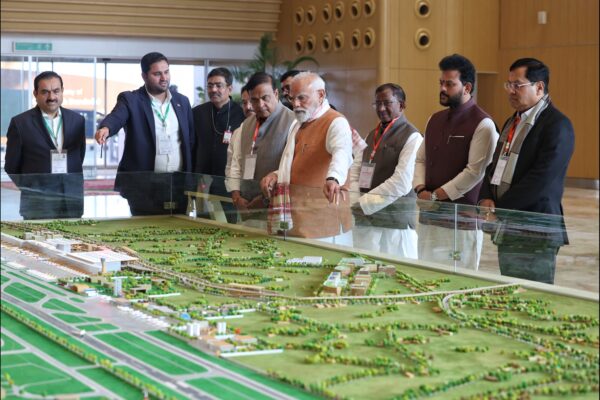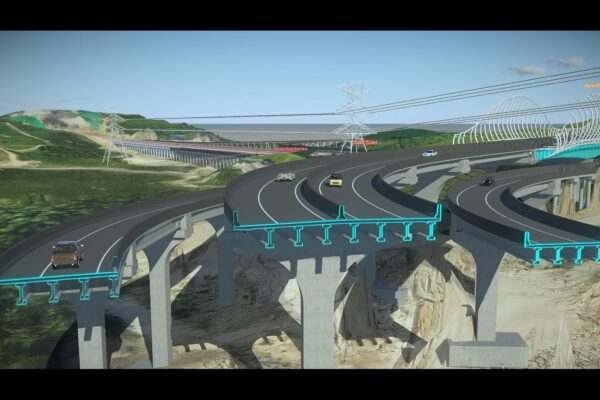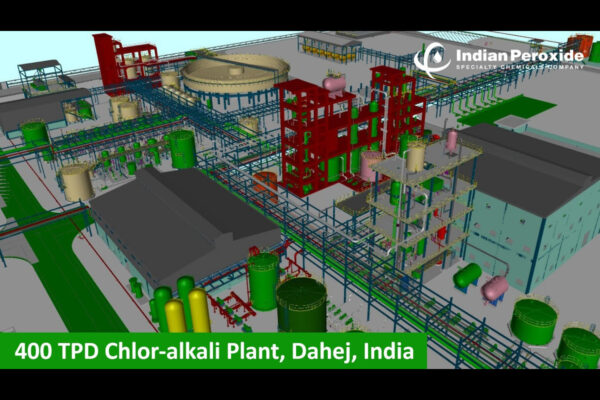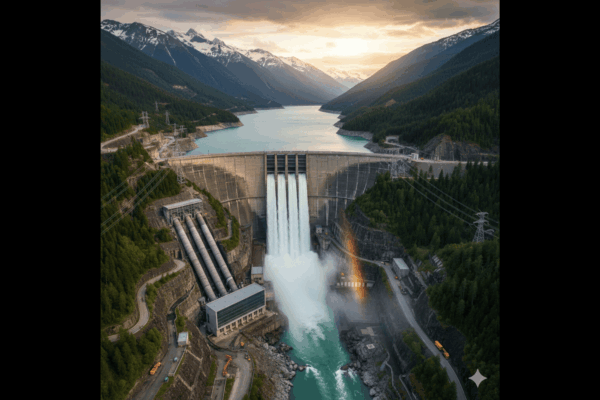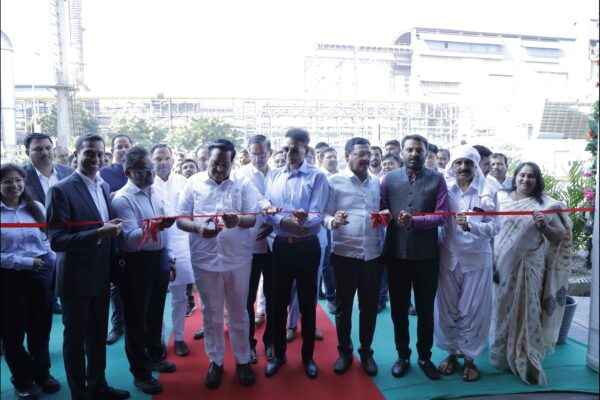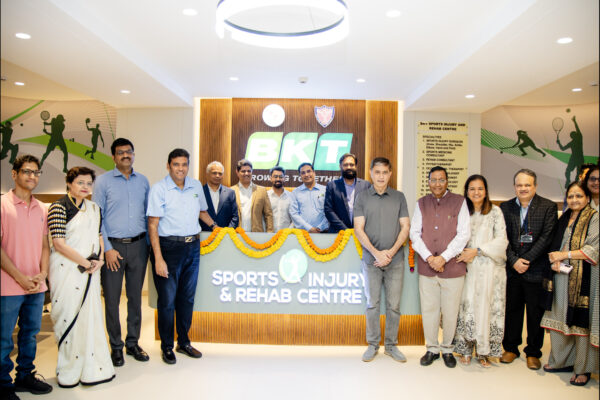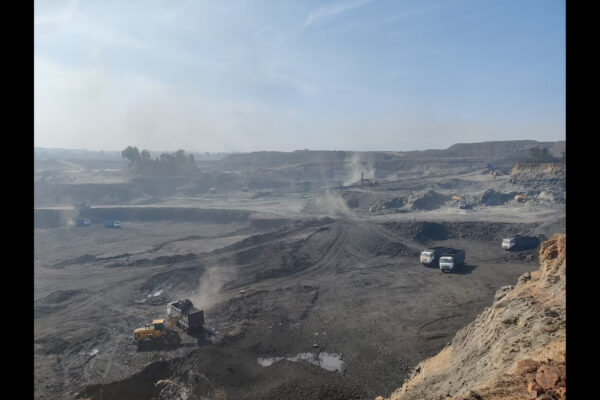Interview: YR Nagaraja, Managing Director, Ramky Infrastructure
What are the key challenges your organisation faces across the project lifecycle – from design and planning to execution and commissioning?
In sewer network projects, one of the most common challenges is dealing with public encroachments and uncoordinated utility crossings. These often delay trenching and pipeline works. Additionally, varying soil conditions – from soft soil to hard rock strata –require constant adaptation in excavation methods, which adds complexity and affects timelines. In projects involving inter-city or long-distance pipelines, such as those for bulk water supply, challenges arise in maintaining uniform hydraulic design. Often, the CPHEEO (Central Public Health and Environmental Engineering Organisation) standards specified during design may not fully align with the ground realities encountered during execution, especially in terms of terrain, elevation shifts, or land use patterns. This leads to rework, design modifications, and coordination gaps with government authorities. In WTP (water treatment plant) projects, assessing raw water availability and quality is critical. The outlet treated water must meet CPHEEO norms and be fit for distribution across varying urban zones – from main streets to peripheral habitations. Under the Hybrid Annuity Model (HAM), accurate forecasting of water demand becomes essential. In our water treatment and distribution system, we have implemented an advanced automation and control system designed to address key challenges such as non-revenue water, water quality, and demand analysis across all district metered areas (DMAs). By integrating sensors, flow transmitters, and pressure regulation systems, we can monitor real-time data, detect leaks, maintain consistent pressure, and ensure efficient water usage. This setup not only helps in improving consumption efficiency but also supports accurate demand forecasting and reduces operational losses, ultimately enhancing service delivery and revenue generation. In Common Effluent Treatment Plants (CETPs), particularly those serving the pharmaceutical and tannery (leather) industries, the challenge lies in handling extremely high concentrations of COD, BOD, and TDS – which are often non-biodegradable and hazardous. These require advanced physico-chemical and biological treatment technologies, along with strict compliance monitoring. Construction companies frequently encounter challenges due to varying soil conditions, which can affect timelines, budgets, and structural safety. Key issues include unstable or weak soils, unexpected soil variations not detected in initial surveys, low soil bearing capacity, excess moisture affecting foundations, and geotechnical risks like landslides and erosion. These conditions often require costly remediation such as soil stabilization, deep foundations, or drainage solutions, potentially delaying projects and increasing costs. Another significant challenge arises during the design and laying of sewer networks. In densely populated or informal housing clusters, many houses do not follow standardized planning norms. This results in irregular distances and alignment issues, which complicate the proper connection of households to the sewer infrastructure. Additionally, the limited permission timelines granted – typically ranging from 12 to 24 months – further constrain our execution schedules, especially for large-scale underground works. These challenges make it critical for all technical specifications, site conditions, and execution timelines to be clearly outlined in the tender documents to avoid ambiguity during implementation and ensure accountability. One of the major issues is working in marshy or low-lying terrains, where the soil conditions make EPC execution technically demanding and time-intensive.
What are the latest technologies you have integrated into your wastewater treatment project, and how have they contributed to improving efficiency, compliance, or sustainability?
One of our key milestones in advancing sustainability and operational efficiency has been the construction of a biofuel-based cogeneration (Cogen) power plant. This facility is not just a power generation unit; it is an integrated solution that provides both electricity and thermal energy for our operations, particularly our wastewater treatment processes. By utilizing biofuels, we are reducing our dependence on fossil fuels and significantly cutting down greenhouse gas emissions. The cogeneration model ensures that the energy produced is used at maximum efficiency, with minimal waste. This aligns perfectly with our broader sustainability goals and supports our mission of creating a circular, low-carbon industrial ecosystem. In parallel, we have deployed advanced treatment technologies – Stripping, Evaporation, and Distillation – for managing highly polluted effluents from pharmaceutical industries and other complex sources. These technologies are particularly effective for high-COD, high-TDS wastewater, ensuring regulatory compliance and environmental protection. To further enhance efficiency, we have integrated a smart monitoring and control system that provides real-time insights into energy, water, and utility consumption. This system plays a critical role in optimizing performance and reducing operational costs. Our infrastructure itself is a testament to sustainable design. We prioritized the reuse of formwork and eco-friendly construction materials and incorporated natural ventilation and lighting through thoughtful architectural planning. Even our Water Treatment Plant operations are partially powered by solar energy, reinforcing our commitment to renewable energy integration. These combined efforts – right from the construction of the biofuel-based Cogen plant to implementing smart systems and sustainable design – represent our holistic approach to industrial efficiency, environmental responsibility, and long-term sustainability.
Beyond project delivery, how is your organisation managing operations and maintenance to ensure the long-term efficiency and sustainability of wastewater treatment plants?
At our organization, we view the operation and maintenance (O&M) of wastewater treatment infrastructure as a long-term sustainability commitment not just a technical responsibility. Our O&M strategy is fully aligned with our ESG objectives, particularly in the areas of environmental stewardship, energy efficiency, and resource optimization. We have implemented a data-driven, predictive maintenance model powered by real-time monitoring and digital controls. This enables us to proactively manage plant performance, minimize unplanned downtime, and ensure ongoing compliance with environmental discharge standards. Key sustainability indicators such as water reuse rates, energy consumption per unit treated, and effluent quality are continuously tracked and reported. To reduce our environmental impact, some of our O&M Project are powered through a biofuel-based cogeneration plant, which supplies clean energy to the wastewater treatment facilities, significantly lowering our Scope 2 emissions (electricity used to run pumps, aeration systems, control panels, etc). We have also integrated solar power into plant operations and adopted low-energy treatment technologies, reducing our overall energy intensity. From a governance perspective, we have established clear O&M protocols, including preventive maintenance schedules, internal audits, and third-party performance reviews. Our teams are regularly trained on energy conservation, safety, and compliance standards. This structured approach ensures accountability and resilience in the long-term performance of the asset. Ultimately, our O&M practices are designed to uphold the principles of circular economy and sustainable industrial development ensuring that wastewater is treated not as waste, but as a recoverable resource contributing to our broader ESG goals.
How do you see the wastewater EPC market evolving over the next five years, and what role do you envision your organisation playing in shaping this growth?
The demand for water and wastewater treatment projects in India and globally has risen significantly. With the water EPC segment being the fastest-growing area, a project growth of 9.5% CAGR over the next five years is expected. The total Indian water market is valued at $14 billion and is estimated to grow at a CAGR of 6.1%, reaching $19.8 billion by 2030. Of this, 75% is utilised in agriculture, 7% for drinking water, 4% in industry, and 9% for energy generation. Several key drivers are expected to contribute to this growth, foremost among them being the transformation of water practices. The water sector remains largely fragmented and unorganised, with leading players commanding only 2–3% of the market share. However, as the industry transitions to advanced technologies and undertakes the development of large-scale infrastructure, it is poised to become more structured and consolidated—opening doors for larger players to capitalise on this untapped potential. Industrialisation is another critical driver. The pace of rapid industrial growth is intensifying the demand for efficient water treatment solutions, particularly for emerging sectors such as green hydrogen and semiconductors. Urbanisation also plays a pivotal role. With the urban population steadily rising, there is a growing need to implement robust water management systems to meet the surging demand in cities.
India generates 72,368 million litres per day (MLD) of sewage, while only 20,235 MLD is treated – just 75% of the actual treatment capacity. Due to this lack of sewage treatment facilities, the rest of the wastewater is disposed of directly into water bodies. With the government spending ₹1.1 lakh crore on water infrastructure and its modernisation, the industry is set for the evolution of a new business – the business of water. Wastewater treatment plants come in various types, including effluent, sewage, agricultural, and leachate treatment facilities. These plants use a range of technologies – physical, biological, chemical, and electrochemical – to treat wastewater. Depending on the need, they adopt conventional, advanced, membrane-based, or hybrid treatment processes. These solutions cater to both municipal and industrial sectors, ensuring effective and sustainable wastewater management. Wastewater treatment solutions are an important part of ensuring access to clean drinking water, preventing or reversing ecological damage, and helping to mitigate climate change by reducing greenhouse gas emissions. The evolution of wastewater treatment in India is an ongoing process, marked by several key focus areas. One major emphasis is on decentralised treatment solutions, which involve implementing localised systems to manage wastewater at the source. This approach reduces the burden on centralised infrastructure while encouraging community participation. Another important focus is on resource recovery and the circular economy. Modern wastewater treatment plants are increasingly being transformed into resource recovery centres that extract energy, nutrients, and reusable water – aligning with the broader goals of sustainable development. Additionally, digitalisation and smart monitoring are playing a crucial role in this transformation. By leveraging real-time digital technologies, wastewater systems can achieve greater operational efficiency, proactive maintenance, and enhanced responsiveness. India’s wastewater industry has made significant strides, evolving from rudimentary practices to embracing advanced technologies and innovative solutions. This journey reflects the nation’s dedication to environmental sustainability, public health, and the well-being of its citizens.
Tags




